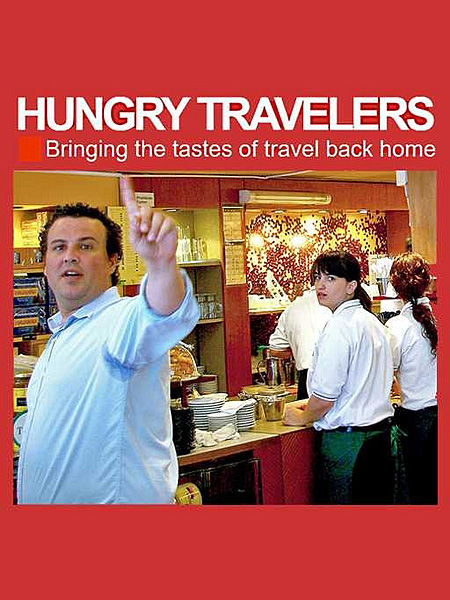Sea salt from Costa Brava brings home tastes of Spain
When we shop for groceries overseas, we like to bring home salt. We never realized how acrid American table salt can be (and how bland kosher salt is) until we started using salt from other places. It's obvious that gray sea salt from the flats of Brittany or Normandy would have a distinct flavor, and we often use such salts for cooking. But our favorite, hands down, is simple supermarket sea salt from Catalunya, specifically the Sal Costa brand, which sells for less than two euros a kilo. Unfortunately, Spain has succumbed to the American penchant for adulterating food by putting in “healthy” additives, so the finely ground Sal Costa sea salt for table use has added fluoride. Like the iodine in American salt, the...Read More
